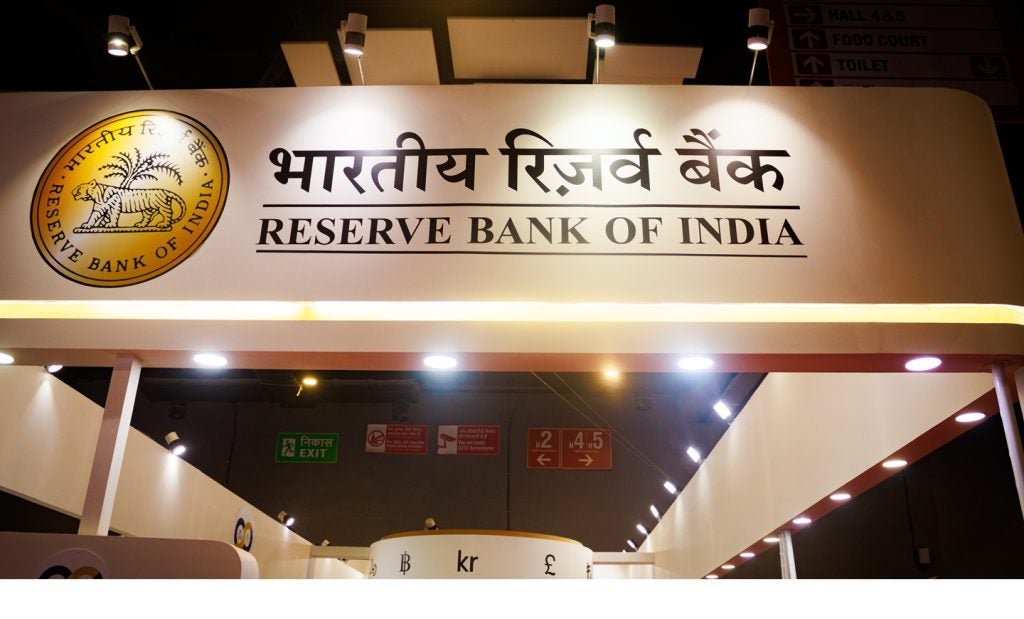The Government of India has decided to a Bank of Baroda merger with Dena Bank and Vijaya Bank to improve the operational synergy of the three banks.
The Bank of Baroda merger decision was taken by a ministerial panel. It comprised of Union finance minister Arun Jaitley, railway minister Piyush Goyal and defence minister Nirmala Sitharaman.
Bank of Baroda merger
The proposed merger will be the first-ever three-way consolidation of banks in India. As a result, it will create the country’s third largest bank with a combined business of INR14.82 trillion ($204bn).
The initiative follows a series of steps by the government to revive the banking sector. The market is battling with growing non-performing assets (NPAs) at the moment.
In a statement, the government said the bank merger will to achieve wide-ranging synergies. The synergies include a stronger market reach, enhanced product portfolio and better operational efficiency.
The potential amalgamated entity will have a net NPA ratio of 5.71%, significantly better than public sector bank average of 12.13%.

US Tariffs are shifting - will you react or anticipate?
Don’t let policy changes catch you off guard. Stay proactive with real-time data and expert analysis.
By GlobalDataAdditionally, the cost to income ratio of the combined bank will be 48.94%, also better than PSB average of 53.92%.
Moreover, with employee strength of 85,675, the merged bank will have around 9,500 branches across the country.
The bank merger decision needs to be approved by the respective boards of directors of the three banks.
The banks merger also requires approval of the Union Cabinet as well as both houses of the parliament. However, this does not include customary regulatory requirements.
Earlier, the government merged State Bank of India with its five associate units.






